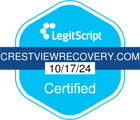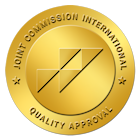Cocaine affects the brain’s pleasure center. Its use results in temporary feelings of euphoria, strength, energy, and mental alertness. But it most certainly has a dark side. Is cocaine addictive and — if so — how do you overcome the dependence?
Yes, You Can Develop a Dependence on Cocaine Quickly
What makes this drug so dangerous is the brief nature of the high. Because of its intensity, you want to experience it again and again. For this reason, many users binge on the substance with increasing quantities. As a result, they quickly develop a physical tolerance to the drug, which leads them to increase the dose even more.
Why is Cocaine Addictive on a Psychological Level?
Therapists like to say that the immediacy of the manipulation of the reward center’s effects creates cause and effect thinking. You immediately associate the feelings of euphoria to the cocaine you just took. As a result, you want to do it again. This desire leads to a compulsion to seek out the drug and use it.
Compulsion isn’t something you can control. Even though you recognize that your body begins to suffer, you continue to use the substance. You may spend all your money on the drug and lose your home; still, you continue. Seeking after the drug becomes your life’s goal, which costs you jobs and relationships.
Withdrawal symptoms are another sign of cocaine’s addictive nature. They may not be as pronounced as those you experience with alcohol, but they’re there. You constantly feel tired but are unable to get rest. You may develop anxiety, depression, or paranoia.
Why is Cocaine Addictive on a Physical Level?
Did you know that the chemicals in drugs rewrite your brain’s chemistry? How is cocaine addictive in this scenario? The answer is simple: the brain’s pleasure center makes dopamine release dependent on the presence of the drug. Without it, you suffer from a severe lack of the neurotransmitters that provide feelings of well-being.
Overcome an Addiction at Rehab
Cocaine addiction rehab is the best way to beat a dependency on the drug. Trying to quit cold turkey by yourself typically results in relapse. Instead, you need to get to the cause of the addiction to get sober. Examples of evidence-based modalities that help you do this include:
- Individual therapy that explores patterns of behaviors, which feed the drug use
- Group therapy, which allows you to learn from others in recovery and explore relapse prevention strategies
- Family therapy that helps you rebuild trust with loved ones while also rebuilding your support network
- 12 Step recovery groups emphasize the importance of accountability, which boosts the likelihood of future abstinence
- Holistic approaches like yoga, nutritional counseling, and meditation that help with healing your mind, body, and spirit
You don’t have to continue suffering from an addiction to cocaine. Breaking out of the cycle of drug use is possible with the help of the friendly therapists at Crestview Recovery. Call 866.262.0531 today to learn more about your options.
































